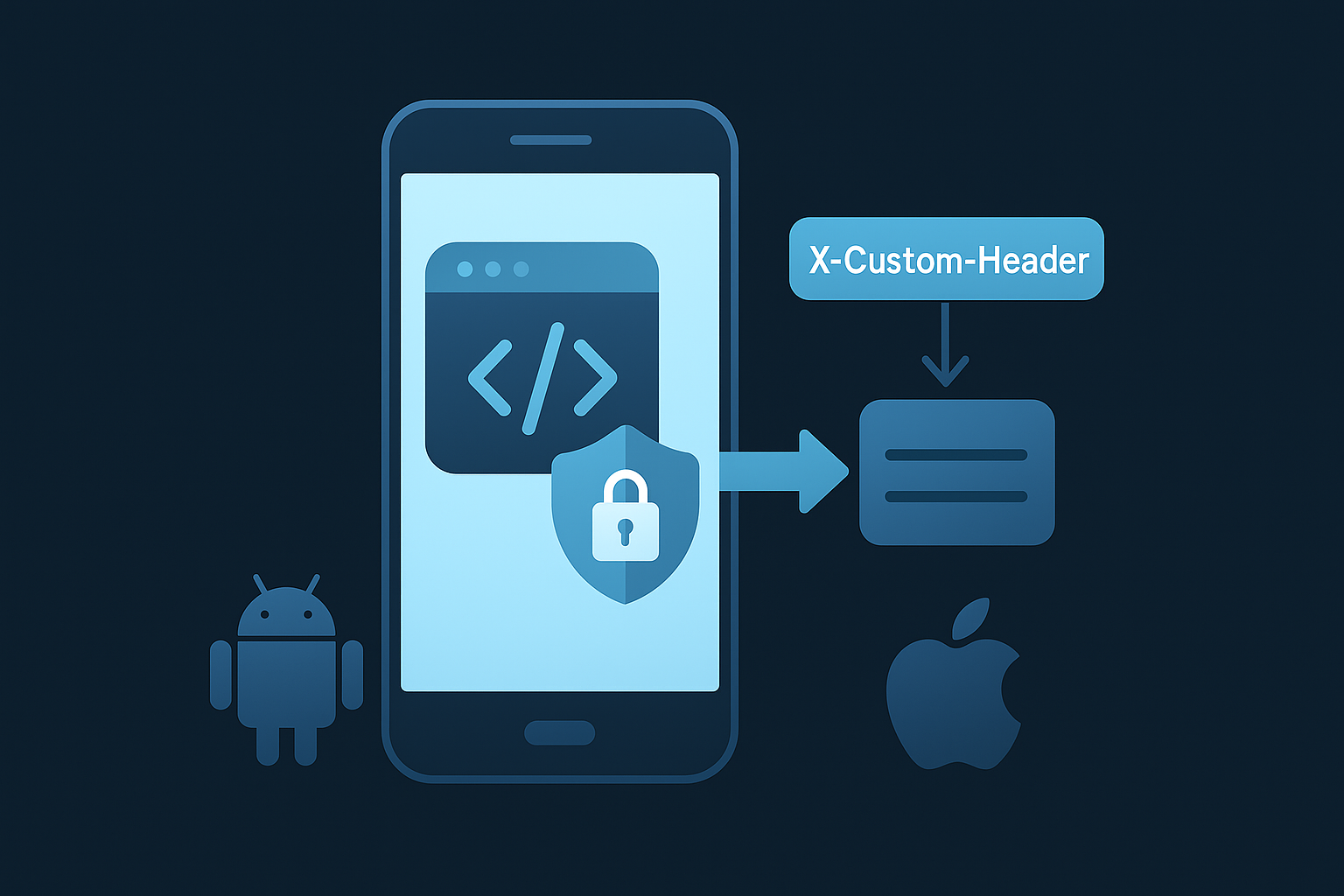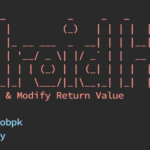Smali code is a powerful way to customize Android apps. One of the most common modifications involves changing strings or altering layouts within the app. This guide will walk you through the steps to achieve these changes using Smali code, all while maintaining app functionality.
Prerequisites
- Basic understanding of Android apps and Smali code.
- APKTool for decompiling and recompiling APKs.
- A text editor such as VS Code or Notepad++.
- An Android emulator or device for testing.
Step 1: Decompile the APK
To access the strings and layouts in an APK, you need to decompile it first.
apktool d app.apkThis will generate a folder containing the app’s resources and Smali code. Look for the following directories:
- res/values/strings.xml: Contains the app’s string resources.
- res/layout/: Contains XML files defining the app’s layouts.
Step 2: Modify Strings
Strings are typically stored in the strings.xml file, located in the res/values/ directory.
1. Open res/values/strings.xml in your text editor.
2. Find the string you want to modify. For example:
<string name="app_name">Original App Name</string>3. Change the value to your desired text:
<string name="app_name">Modified App Name</string>4. Save the file.
Step 3: Modify Layouts
Layouts are defined in XML files located in the res/layout/ directory.
1. Open the layout file you want to modify. For example, res/layout/activity_main.xml.
2. Locate the component you want to change. For example:
<TextView
android:id="@+id/textView"
android:layout_width="wrap_content"
android:layout_height="wrap_content"
android:text="Hello, World!" />3. Change the attributes as needed. For instance, update the text:
<TextView
android:id="@+id/textView"
android:layout_width="wrap_content"
android:layout_height="wrap_content"
android:text="Welcome to Smali!" />4. Save the file.
Step 4: Recompile the APK
Once your changes are complete, recompile the APK:
apktool b app_folderThe modified APK will be located in the dist/ folder.
Step 5: Sign the APK
Android requires APKs to be signed before they can be installed. Use a signing tool like jarsigner or a third-party APK signer:
jarsigner -verbose -keystore my-release-key.keystore app.apk alias_nameStep 6: Install and Test
Finally, install the modified APK on your device or emulator to test your changes:
adb install app.apkVerify that your changes, such as updated strings or layouts, appear as expected in the app.
Best Practices
- Backup Original Files: Always back up the original APK and extracted files before making modifications.
- Understand the Code: Ensure you understand the string or layout you are modifying to avoid breaking functionality.
- Test Thoroughly: Test the app on different devices and screen sizes to ensure changes work correctly.
Conclusion
Modifying strings and layouts in an Android app using Smali code can be a rewarding experience. With the right tools and a methodical approach, you can customize apps to better suit your needs. Remember to always work ethically and respect the intellectual property of app developers.
Start experimenting with Smali code today and explore the endless possibilities of Android app customization!
Written By

I’m an Enterprise Architect at Akamai Technologies with over 14 years of experience in mobile app development across iOS, Android, Flutter, and cross-platform frameworks. I’ve built and launched 45+ apps on the App Store and Play Store, working with technologies like AR/VR, OTT, and IoT.
My core strengths include solution architecture, backend integration, cloud computing, CDN, CI/CD, and mobile security, including Frida-based pentesting and vulnerability analysis.
In the AI/ML space, I’ve worked on recommendation systems, NLP, LLM fine-tuning, and RAG-based applications. I’m currently focused on Agentic AI frameworks like LangGraph, LangChain, MCP and multi-agent LLMs to automate tasks





